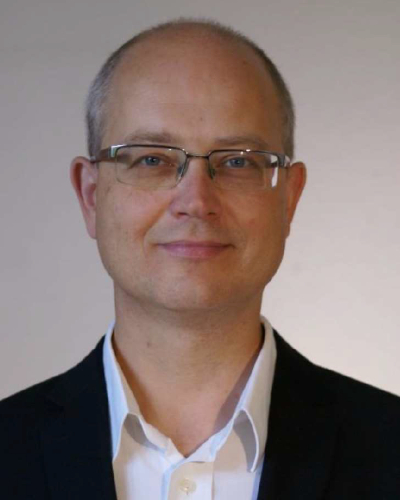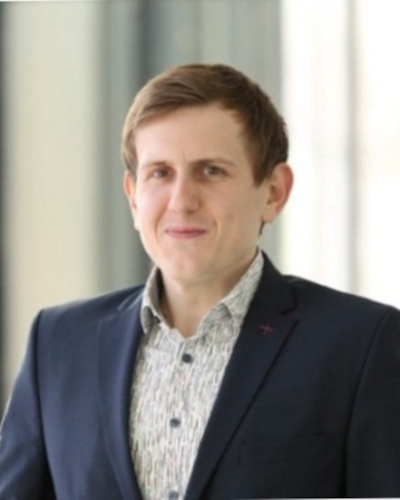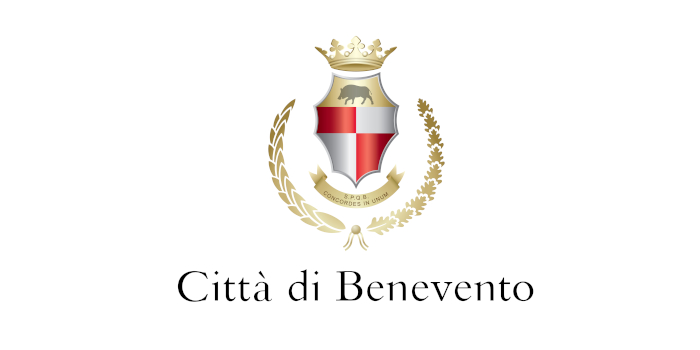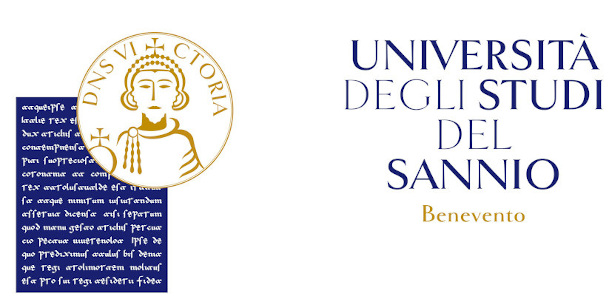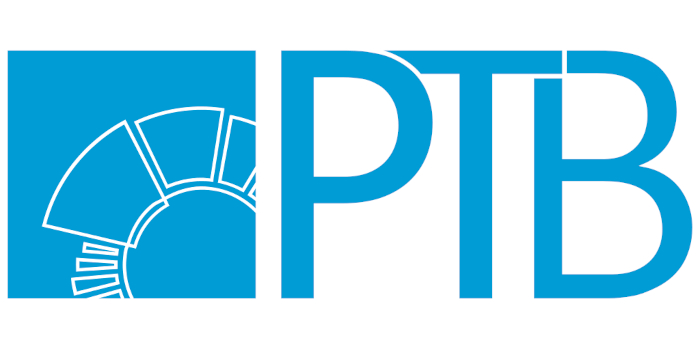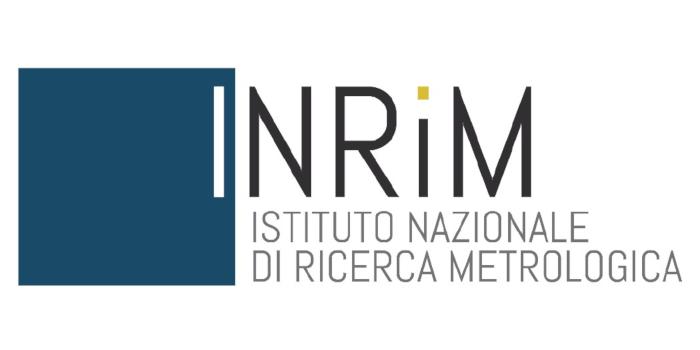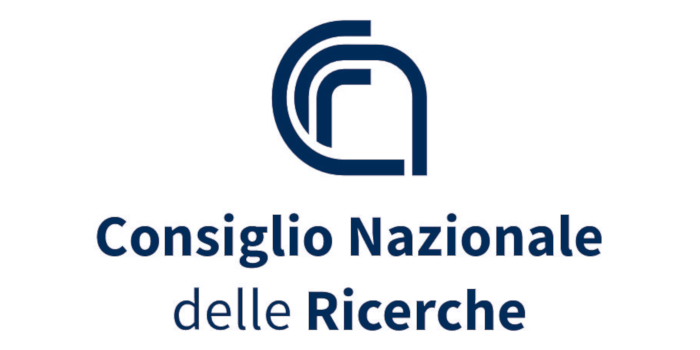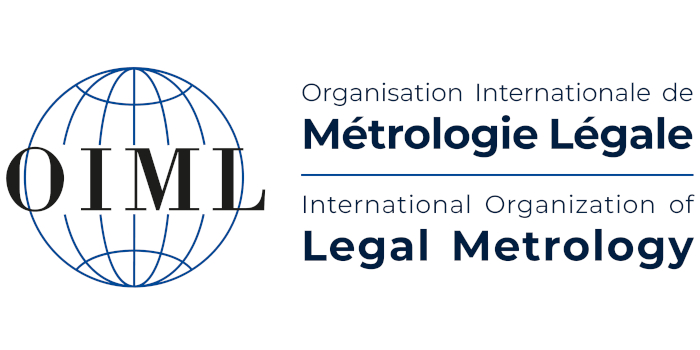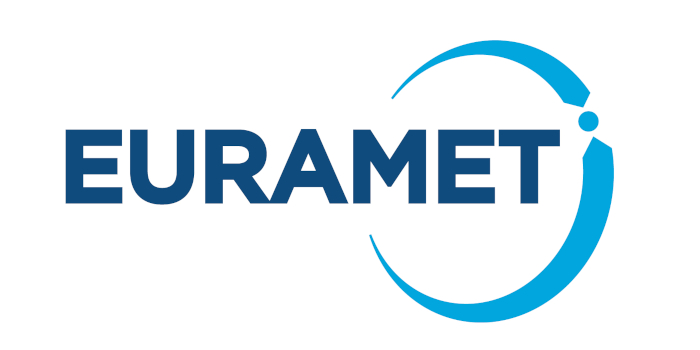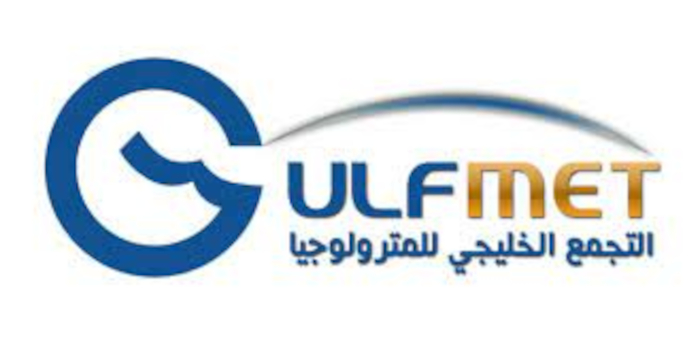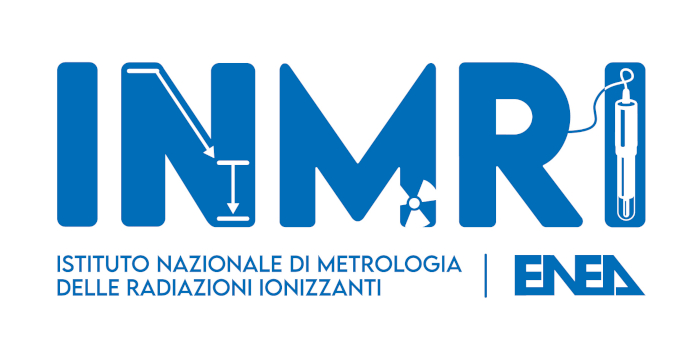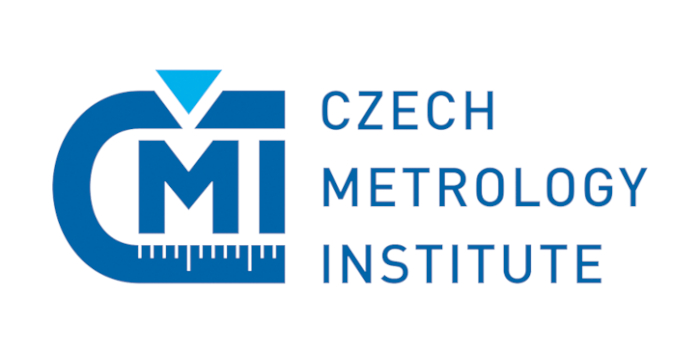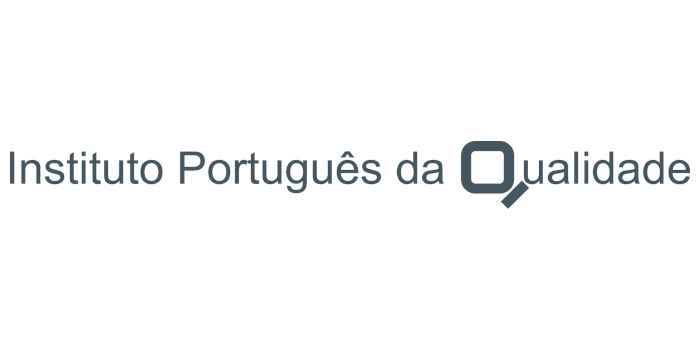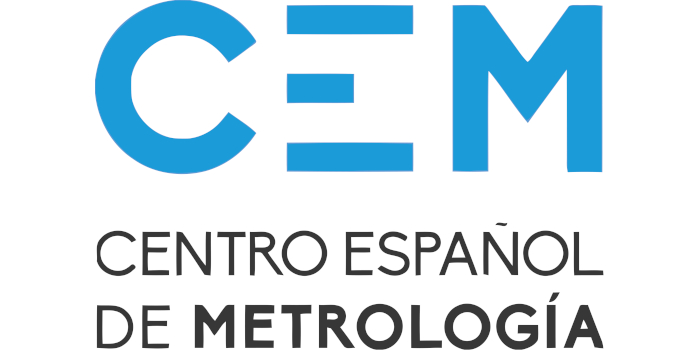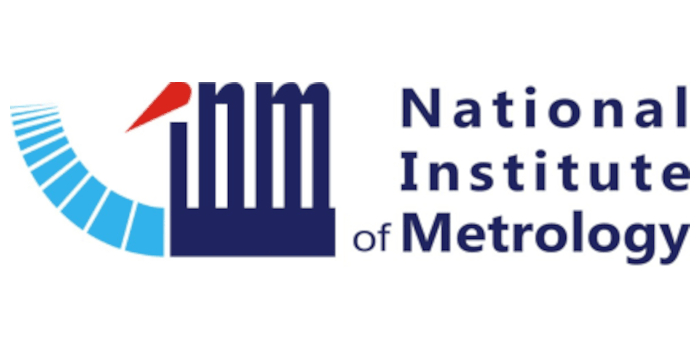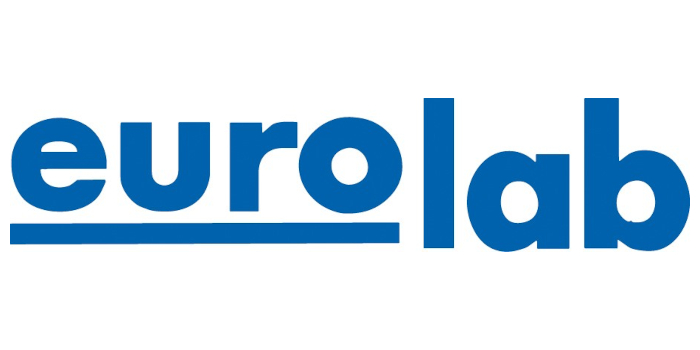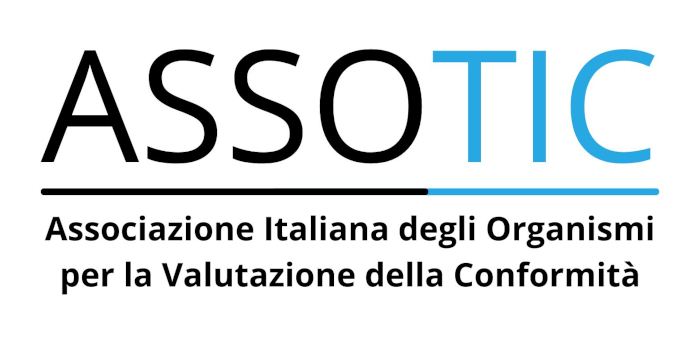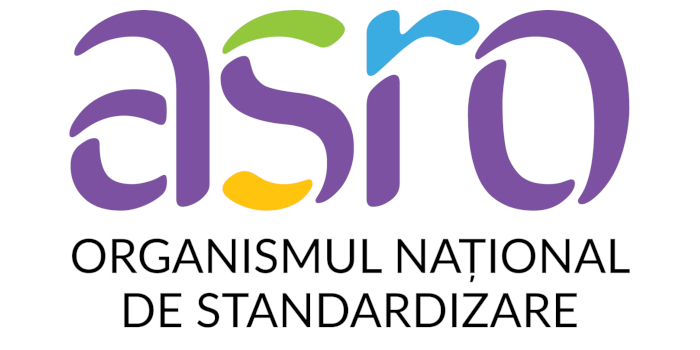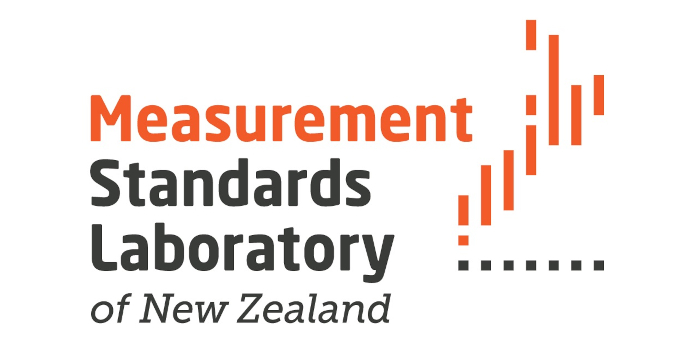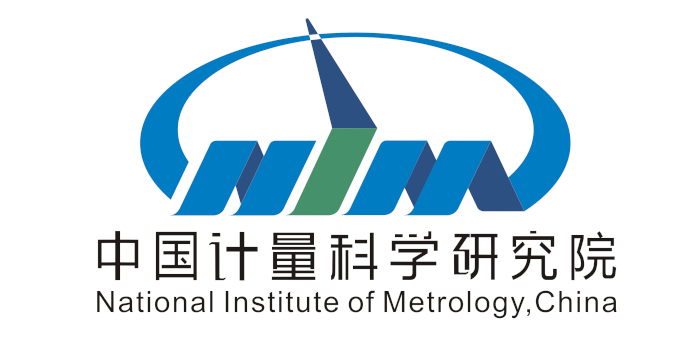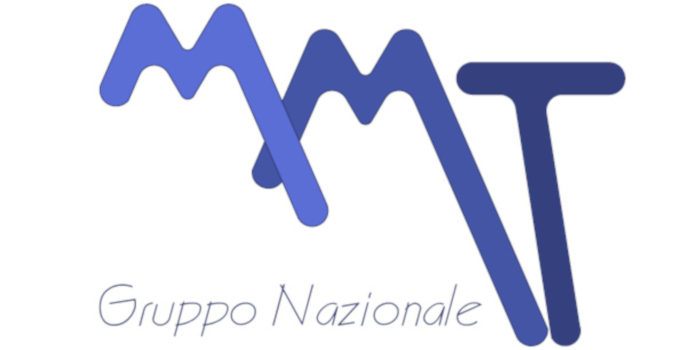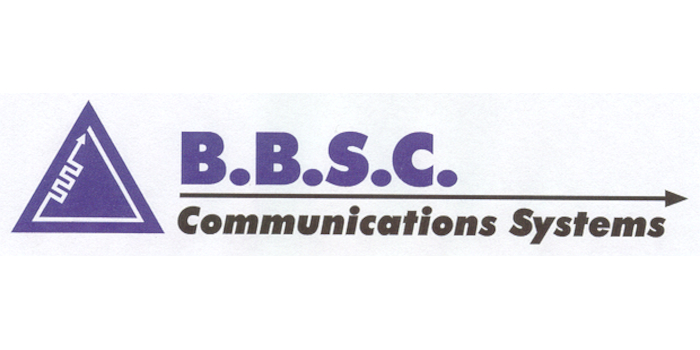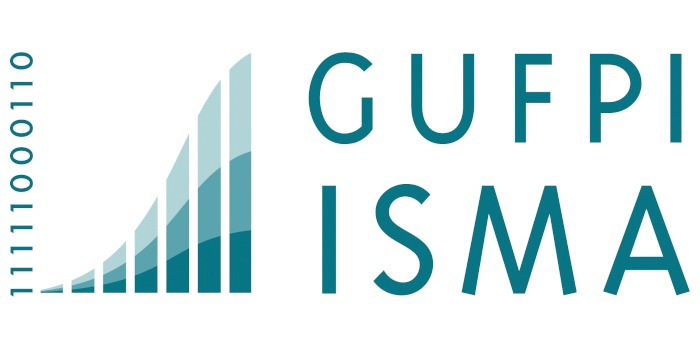SPECIAL SESSION #9
Metrologically Validated Digital Twins for Medical Diagnostics and Industrial Applications
ORGANIZED BY
Tomasz Sołtysiński
Physikalisch-Technische Bundesanstalt, Germany
Rene Pascal Fischer
Fraunhofer IESE, Germany
ABSTRACT
Digital Twins (DTs) are dynamic virtual representations of physical or conceptual assets, processes, and systems. Unlike static models, they integrate real-time data from sensors, IIoT devices, and other sources, enabling both monitoring and control. By providing a comprehensive view of a facility and its components, DTs empower decision-makers with real-time insights to optimize operations.
A key advantage of DTs lies in their role as a connective framework, enabling seamless communication across machinery, personnel, and systems through standardized, semantically driven protocols. The Asset Administration Shell (AAS) ensures compatibility and smooth integration across domains, while open protocols like MQTT and OPC UA allow manufacturers to integrate assets into existing and new infrastructures. This also facilitates the upgradeability of legacy systems, extending their functionality.
Beyond equipment management, DTs support predictive analytics, simulation, and quality assurance. Their potential is significantly enhanced when paired with a metrology-validated framework and AI-driven digital processing pipelines. For multi-source image and data-based diagnostics—whether in medical, pharmaceutical, or industrial applications—ensuring security, trustworthiness, explainability, and reliability is crucial.
From a European perspective, achieving metrology-compliant, accurate, and explainable diagnostics requires working within an approved framework governed by defined standards. Despite the challenges of diverse data sources, acquisition methods, and quality issues, precise extraction of meaningful information remains paramount. Incorporating measurement uncertainties into AI-driven inference models is particularly challenging but essential.
A metrologically validated DT offers enormous potential for achieving the highest measurement standards and diagnostic accuracy, ensuring robust, reliable decision-making across industries.
TOPICS
Key topics for the session:
- Digital Twins
- AAS, OPC UA, REST API, MQTT
- Application of AI in DTs – Technological, Regulatory, and Legal Challenges
- Digital Transformation of Metrology Utilizing DTs
- Validation of AI/ML Algorithms Using DTs
- DTs for Industry and Pharmaceutical Sector
- DTs for Digital Medicine
- DTs for Personalized Medicine
- DTs for Medical Imaging and Image-Based Diagnostics
- DTs as a Ground Truth Oracle
- Uncertainty-Aware Modeling, Simulation, and Optimization Within DTs
- Data Integration and Harmonization
- DTs and Data Spaces
- DTs in Quality Assurance
- Semantic Protocols and Certificates for DT Operations
ABOUT THE ORGANIZERS
Tomasz Sołtysiński, PhD, Eng., is a researcher and practitioner in biomedical engineering and informatics with over 30 years of experience. His work spans metrology, signal analysis, modeling and simulations, multimodal astro- and biomedical imaging, RNA structural bioinformatics, and, more recently, the digitization of complex ecosystems through decentralized data spaces. He is currently affiliated with Physikalisch-Technische Bundesanstalt (Germany’s National Metrology Institute) and can be reached at tomasz.soltysinski@ptb.de.
Rene-Pascal Fischer is a scientist and software architect at Fraunhofer IESE focusing on the topic of Industry 4.0 and its adoption in the pharmaceutical domain. One of his research topics is the validation and certification of processes using digital twins, where he is an advocate of holistic digitalization and the connected enablement of a digital control flow. He is actively contributing to open-source software and multiple research projects for both industry and Pharma 4.0 as well as the CoP Pharma 4.0 of the ISPE. Reach him at rene-pascal.fischer@iese.fraunhofer.de.


